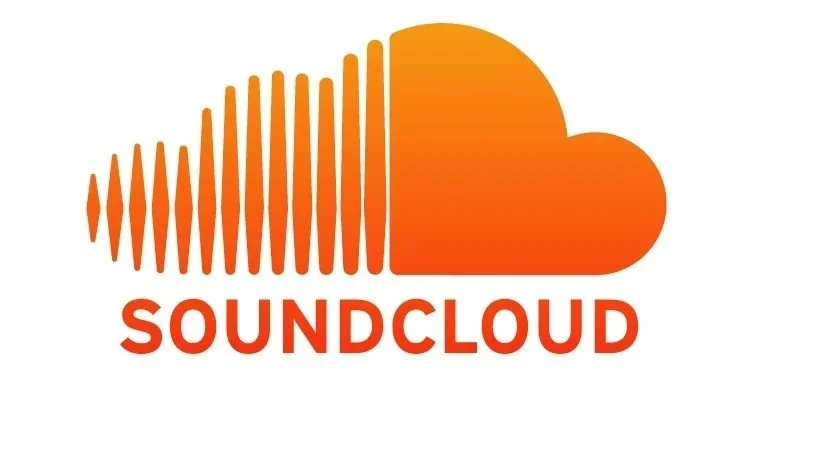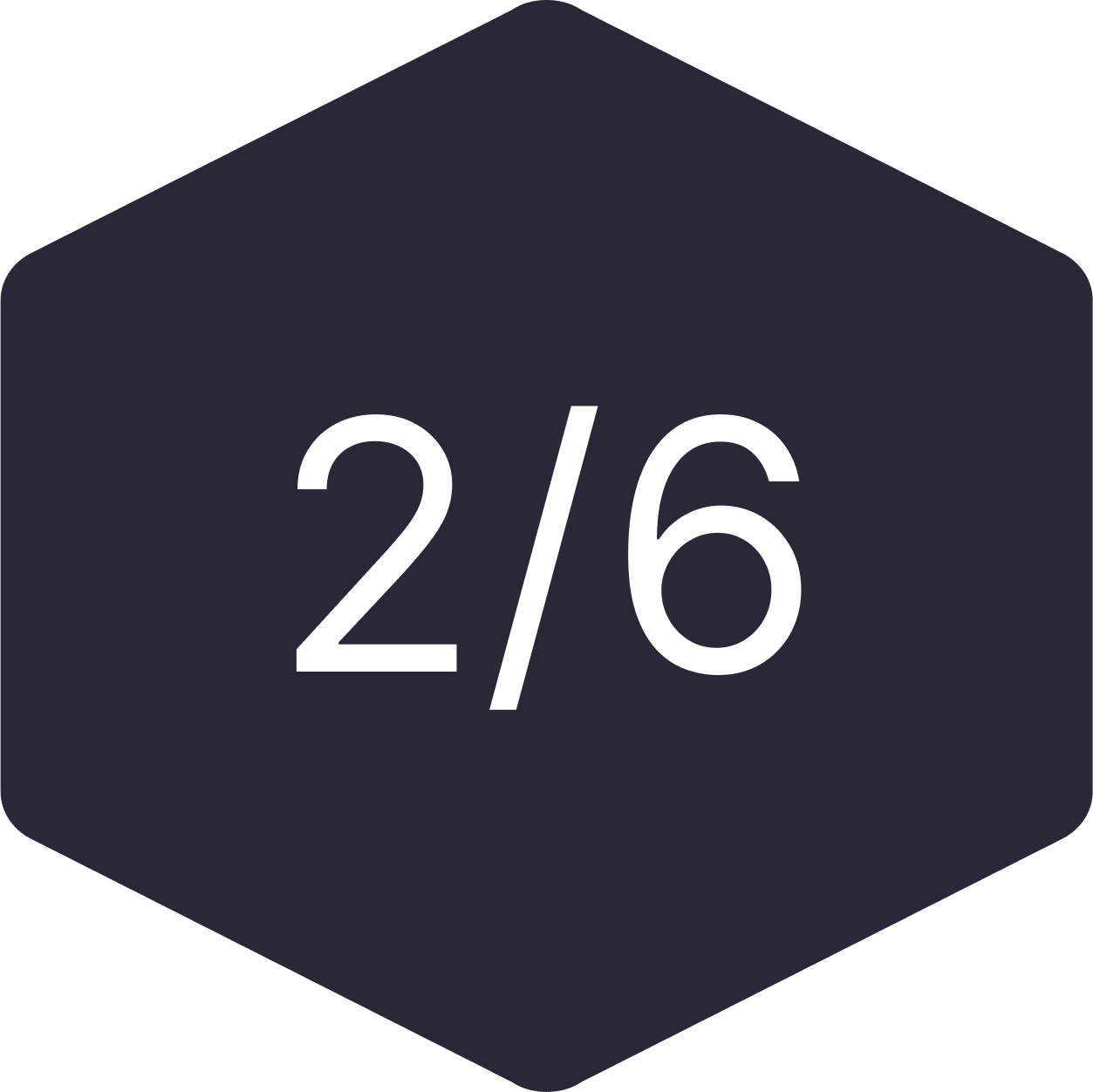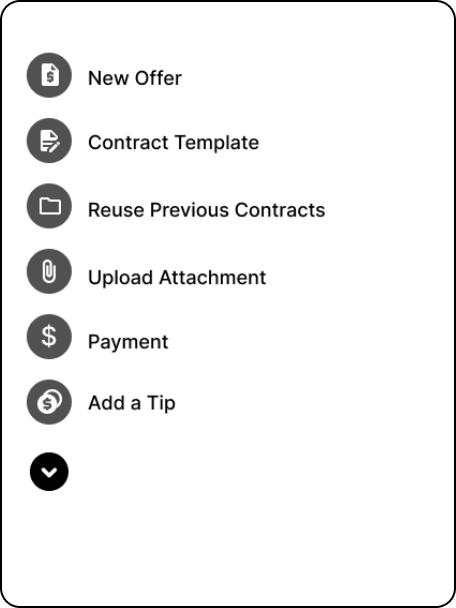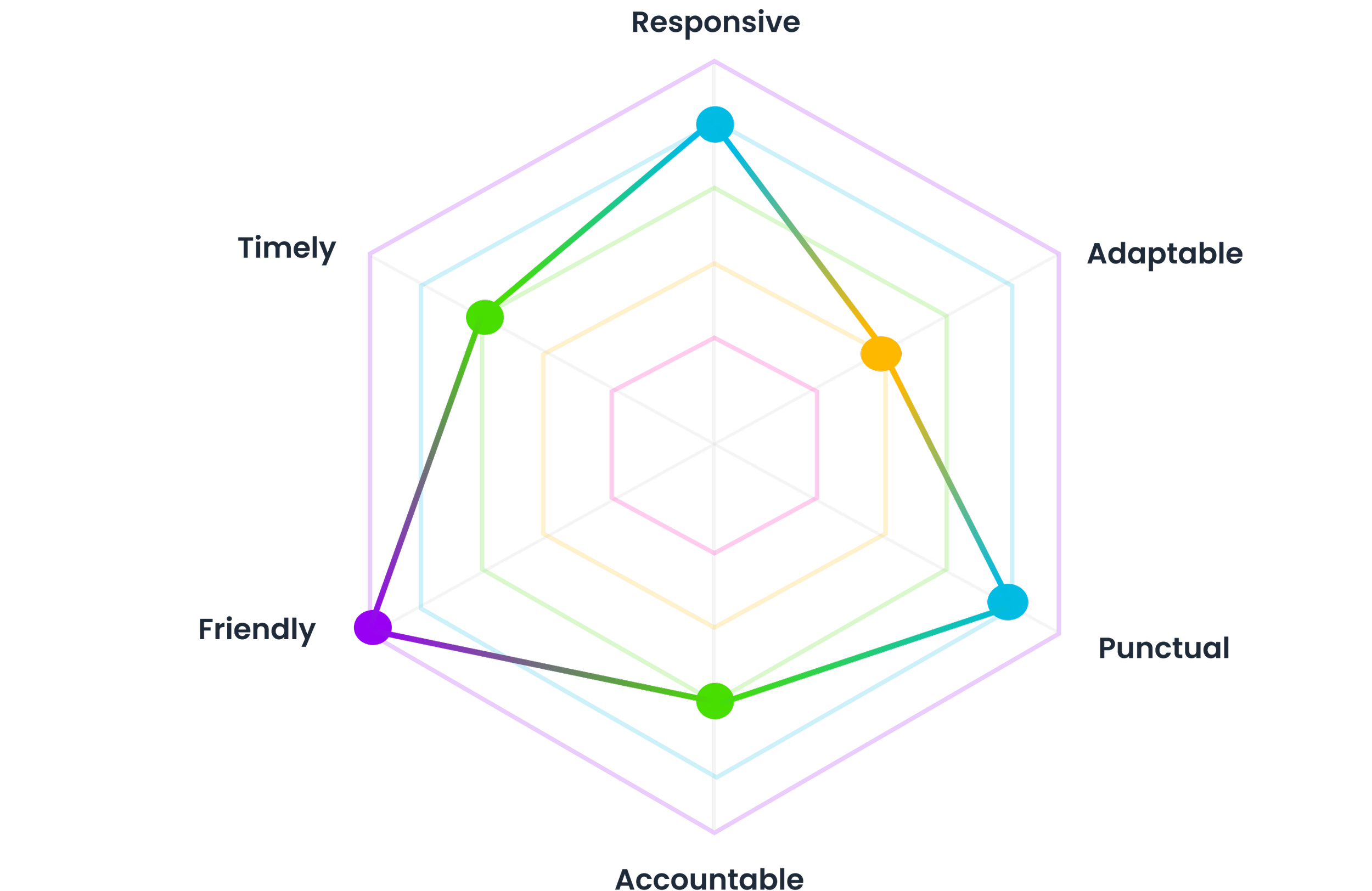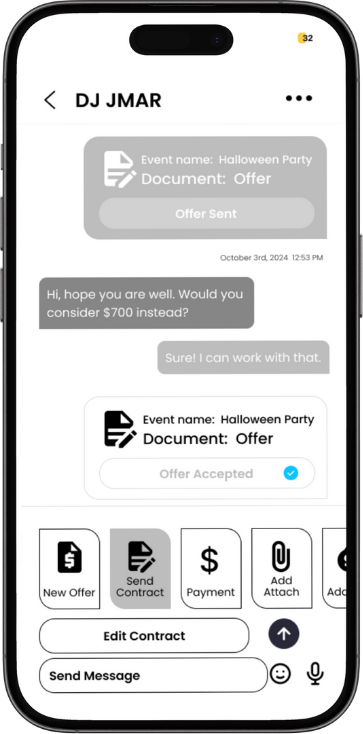PROJECT OVERVIEW
Client: Conceptual project
Duration: 3 weeks sprint
Team: Allie Boyle, Coco Zhang
Role: UX Research, UX Designer
Design Deliverables: Interviews, Affinity Maps, Data Synthesis, User Flows, Sketches, Wireframes, Prototyping, Usability Test, Next Steps
Tools: Figma, FigJam, Notion
TABLE OF CONTENTs
Get to Know Your Audience: The Key to Insights and Knowledge
Conceptualizing user centered design solutions and gaining feedback
Pinpointing user desires and nailing down the core issue at hand
Delivering a meaningful product that solves user pain points
1. DISCOVER
3.DESIGN
2. DEFINE
4. DELIVER
THE BRAND
WHAT IS AGNCY?
AGNCY is a platform that aims to streamline the discovery, communication, and booking process between event producers and DJ’s, offering a experience that is seamless throughout the many steps that takes to book a talent from start to finish.
Founder: Daniela Busciglio
Event producer, DJ, and proprietor of two event production companies in New York, recognized a market void. Having an intimate understanding of the industry, she observed a need for a platform that could transform the cumbersome DJ booking process into a seamless, enjoyable, and curated experience.
THE HANDOVER
starting point
Prior to embarking on this project, AGNCY provided us with essential research, laying the groundwork for our expansion. Armed with their initial research stages and a loosely outlined problem statement, we found ourselves well-positioned to delve into the project more profoundly. Now that we knew what do we needed to focus on, we leaned towards creating an app that streamline the experience this target users.
where we come in
Expanded on initial research
Developed a further problem statement
Continued User Testing
Expanded on initial designs with user goals in mind
Helped develop further business plan and objectives
research - user interviews
Tools we used:
Google Forms
Zoom Meetings
When posing the questions, we inquired about their approach to booking a DJ, and these were the responses we received.
All mentioned they find artist through personal contacts or word-of-mouth recommendations
research - interview goals
A step-by-step process
Screening surveys
In order to empathize with our users, we decided to conduct a screening survey that will allow us to filter the list of users the client provided us. For the following we wanted to focus on interviewing event producers since we decided we wanted develop the most complex user flow which is searching, discovering and booking a talent.
From this 20 requests, we came down to six users that qualified to be interviewed and were willing to work with us in giving us as much insight as possible and have booked a DJ in the past year.
Only one of them mention booking a DJ through social media.
Note: All users mentioned using social media to discover and determine artist credibility and followers
Identify user pain points
Only one user mentioned booking an artist through an agency.
Moving forward with the interview process, we established four key objectives that guided the creation of a research, which helped us achieve the following goals.
Understand user expectations and behaviors
Non of them have used a DJ booking platform to book an artist.
Discover users needs
research - findings and trends
In our user interviews we uncovered some interesting insights. Common recurring themes were as follow:
research - conclusions
5
Payment
Discover
1
Negotiation
Following
Rates
Event producers don’t have a centralized platform to handle of aspects on the business
3
Emphasis on formal contracts is low.
Communication
Reputation
Contract
2
Producers seek ways to check a DJ’s music styles and skills.
4
Payment processes typically involve direct money transfers.
Communication occurs on other chatting apps.
COMPETITIVE & COMPARATIVE ANALYIS - FEATURE ANALYSIS
Prior to embarking on this project, AGNCY provided us with essential research, laying the groundwork for our expansion. Armed with their initial research stages and a loosely outlined problem statement, we found ourselves well-positioned to delve into the project more profoundly. Now that we knew what do we needed to focus on, we leaned towards creating an app that streamline the experience this target users.
Competitors:
Common Features
Trending Features
DEFINE PHASE - MEET OUR PERSONA
Upon entering the Define phase, we began identifying our users' needs and wants, while focusing on pinpointing a specific problem. Through the use of affinity maps, we organized and synthesized the data, allowing us to create a comprehensive persona that centralized all key insights. This persona served as a foundational reference, ensuring that all future decisions were aligned with the users' needs and guiding us through the subsequent stages of development.
VICTORIA ROSS
Fashion Designer / Part Time Event Producer
36 y/o
NYC
Victoria is always on the lookout for new talent, attending events, exploring social media, and using music portfolio platforms like SoundCloud, as well as relying on word of mouth. However, she often finds that she invests considerable time in the discovery process. Additionally, verifying the reliability and skillset of DJs can be quite challenging.
She desires a more efficient solution—a platform that would allow her to discover, communicate with, and book talented DJs all in one place.
Single, no children
Social, reliable, go-getter, detail oriented, networker and creative
DEFINE PHASE - PROBLEM STATEMENT
In order to simplify our process, and streamline the next phase of the project: design, we narrowed down all our prospects needs into one problem statement that we can look back at as the main focus for our prototype.
DEFINE PHASE - HOW MIGHT WE??
Based on the problem statement, we came up with some ideas, like how might we foster trust between event producers and DJs, how we could improve the communication experience and ultimately, make the booking process streamlined and efficient.
Communication
HMW create a platform that allows event producers to see a curated list of trusted/vetted artists?
HMW facilitate event producers with an artist portfolio?
Trust
HMW provide event producers an easy and direct way to communicate with artists?
Efficiency
HMW streamline the artist booking process to save event producers effort and time?
HMW provide event producers with useful filters that allow them to narrow down their search when looking for talents?
let’s streamline this process. think about it like this…
Events producers meet DJ’s at events,
They communicate through WhatsApp,
They explore the DJ’s following, skills and overall image on Instagram,
Producers head to Soundcloud to listen to their music,
They sign contracts through DocuSign and,
They go to Venmo for payment.
There are so many apps involved in this process and each person has their own preference. All those things can make it even harder for event producers to book a DJ. That’s when Agency comes in!
ENTERING THE DESIGN PHASE - CONCEPTUALIZING THE USER JOURNEY(S) AND TESTING THEM FOR FEEDBACK
Traditional way of booking a DJ
Agency’s way of booking a DJ
DESIGN PHASE - initial sketches
When it came time to sketch, we organized a design studio session among the three members of our project. Each of us created designs based on how we envisioned the most effective user flow. Afterwards, we collaborated to combine the best ideas from each design into a single concept, resulting in the initial structure of our app shown below.
DESIGN PHASE - initial prototype & iterations
As we progressed and received approval from our client on our sketches and direction, we began developing a mid-fidelity prototype. This prototype framed the user journey and served as the foundation for a usability test with seven industry professionals. Their feedback provided valuable insights, helping us identify key elements to improve the app's effectiveness. Below are some examples of the before-and-after iterations following the usability test:
Login Page
Users found the login page unorganized and unclear, making it difficult to navigate. Elements like input fields and buttons lacked proper alignment and clear labeling, leading to confusion. This feedback emphasized the need for a cleaner, more intuitive design.
Search Page
Users found the "submit" icon unintuitive and unclear in its function. Many struggled to recognize it as the action button, leading to delays and frustration during tasks. This feedback highlighted the need for a more universally recognizable design or clearer labeling to ensure users immediately understand its purpose.
Profile Page
Users felt that some of the review graphic criteria were irrelevant or misaligned with their needs, highlighting the need to refine the criteria to better match user expectations and improve relevance while leaving a review.
Chat Payment Section
Users struggled to pay the DJ because the payment tab was not conveniently located or clearly identifiable. Feedback emphasized the need to position it more prominently for a smoother payment experience.
VISUAL DESIGN
TRANSFORMING OUR SOLUTIONS INTO PURPOSEFUL DESIGNS THAT RESONATE WITH BOTH THE BRAND AND ITS USERS
Now that we've conducted all this research and listened to all this feedback from our usability tests, it's time for us to explore how we can transform our solutions into designs that resonate with both the brand and its users.
And so we begin this process by finding our design inspiration, the artistry that fuels our design process moving on. From here we land in the first and most crucial aspect: The culture.
As we start pulling inspiration for this project, we look at who we are designing for, which leads us to some common denominators:
-
Taking center stage, we wanted to build something that is evokes the feeling that you are in a party listening to techno music or perhaps you are about to spin on that party.
-
We also took into account a crucial factor—the environment in which these events often take place.
We represented this in various ways like in dark and accent colors throughout our designs that are fun and represent the energy you'll find in this environments.
-
Then we land in Movement. Music is all movement, therefore this was a key factor in designing something that felt easy to dive in and explore, and most importantly that it felt relatable to our target users.
-
We drew significant inspiration from the DJ controllers, this important and joy-inducing instrument.
It was very important for us to integrate elements of that inspiration into the final design, which you'll notice in all the metal details we've included.
By pulling all the images from above, we swatched each of them to create a color palette library that directly reflects and speaks right from the source and the outcome is a collection of rich and electrifying colors.
Next, we worked on typography, selecting the sans-serif font Poppins for its modern yet soft aesthetic, achieving the balance we desired. We also updated the AGNCY logo to align with the brand's new direction, designing it with rounded outer edges and sharp inner edges to maintain a balance between softness and edginess.
It's all in the details.
We created a gallery of icons that reflect our designs in each category, ensuring they align with our overall aesthetic and maintain cohesion throughout our work.
In addition to our icon gallery, we've incorporated other design elements, including text inputs, call-to-action buttons, toggles, and the music player on the right, which you will soon see in action in our prototype.
I also want to emphasize that these elements were designed to bring the DJ deck to life, as previously mentioned, with the metal accents visible here.





























